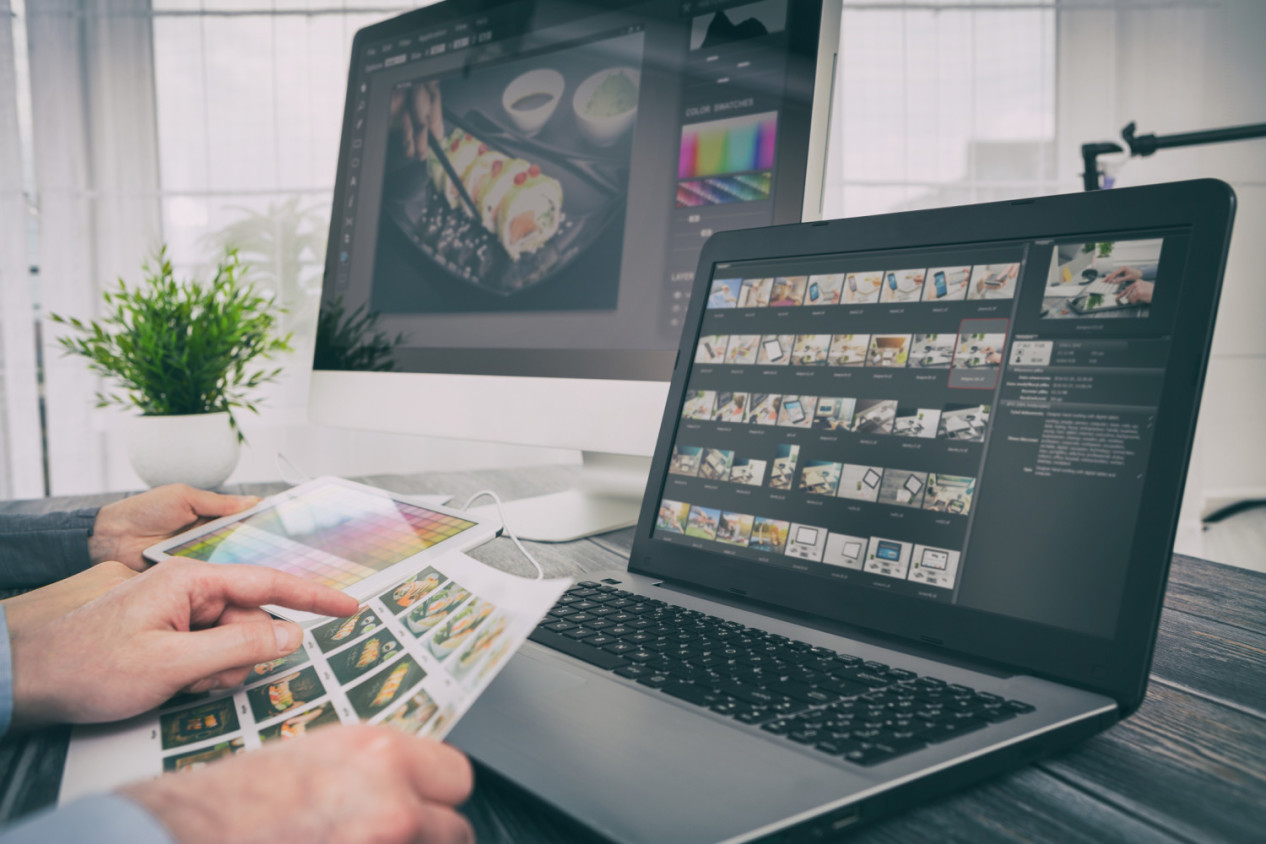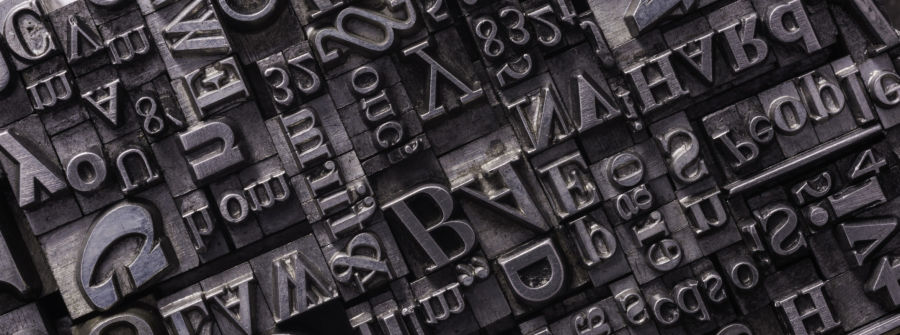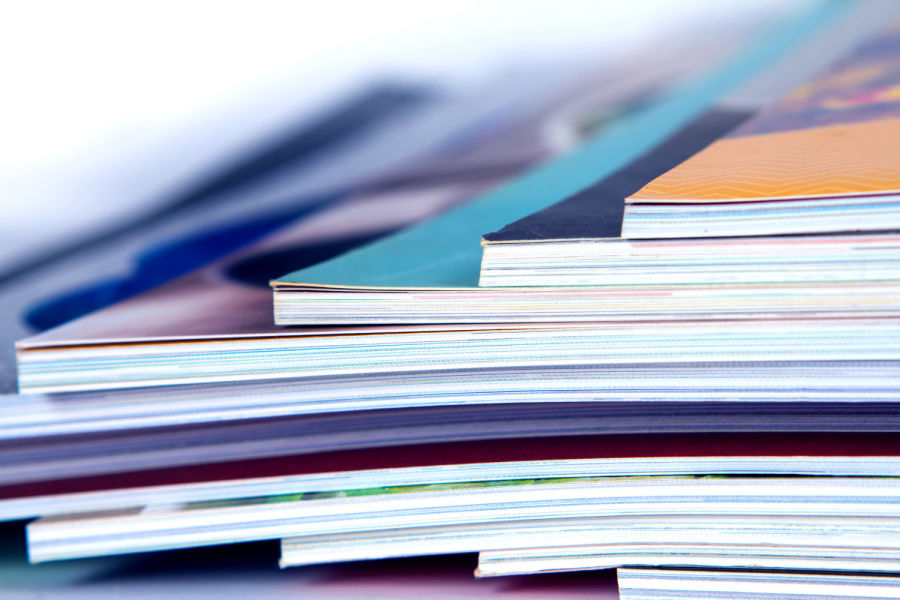//
Jul 5, 2017
How to Choose the Right Image File Format
You’ve finished editing your photos and are ready to save and share them on your website, in a post on social media, or perhaps mail a few printed copies to Grandma.
When you go to save your photos, the file format options seem limitless, so how do you choose the right image file format?
The answer is simple—each format has a different use. Before you can start saving, however, it’s important to understand a few key image-related terms:
Lossy
The image’s resolution decreases as the file size is compressed to smaller sizes. When the image is being saved, unnecessary bits of information are discarded, resulting in a lowered image resolution and extremely small file size. Lossy image formats do not allow for exact image duplication (no copies will be the exact same), and you cannot retrieve the original file quality once it has been compressed.
Lossless
The image’s resolution does NOT decrease as the file size is reduced. File sizes can be decreased by a good amount but not as much as lossy files.
Resolution (aka image quality)
As resolution increases, the photo’s details become more distinct, sharp and defined (think of the difference between an HD video on YouTube compared to regular resolution video). It’s important to note that high resolution does not indicate a large photo or file size. It merely means that the image is of high visual quality. Measured in DPI and PPI.
Dots Per Inch (DPI)
Measurement of printed image and content resolution. It refers to the number of dots (of ink) per inch of the paper. The higher the DPI, the higher the resolution of the printed image.
Pixels Per Inch (PPI)
Measurement of digital image and content resolution. It refers to the number of pixels per inch of the image. Like DPI, the higher the PPI, the higher the resolution and quality of the image.
WHEN TO USE EACH FILE FORMAT
One of the most important steps in choosing the right image file format is deciding on whether your end goal is “quick access” or “quality.” Low-resolution, lossy image formats are often your best choice for quick access jobs where a smaller file size is more important than image quality. If your goal is to preserve image quality, you should use high-resolution, lossless file formats.
There are numerous image file formats to choose from ( goes in depth on several not-as-well-known formats), but for our purposes we’ll focus on the five most common formats you’re likely to encounter: JPEG, PNG, TIF, camera RAW, and GIF.
JPG/JPEG (JOINT PHOTOGRAPH EXPERTS GROUP)
Use when FILE SIZE > IMAGE QUALITY on printed projects
Perhaps the most familiar file format, JPG, is the most “compressible” format, meaning you can condense the images into a smaller file size. However, there is a catch—JPEG files are lossy files. This means that once the image is compressed, the quality will decrease, and you will not be able to recover the original image resolution.
If you’ve ever saved a photo off the Internet or taken photos on your phone or camera, then you’ve dealt with JPEG files. By default, cameras and phones will shoot in JPEG, but in professional-grade digital DSLR cameras and more recently, point-and-shoot cameras, you can choose to shoot in other file formats.
JPEG files work best for projects that are going to be printed, such as a header in a Microsoft Office document or smaller images that need to be printed at higher resolutions. They can also be used online for posting on social media or when image quality is not a top priority.
RELATED:
PNG (PORTABLE NETWORK GRAPHIC)
Use when FILE SIZE > IMAGE QUALITY for digital/web projects
Another popular image format, PNG, is the “lossless cousin” of JPEG. While PNG files will not lose quality when compressed to smaller file sizes, they are not considered high-resolution images. This means that although you will not lose quality, your image will not be saved or displayed as a high quality image. Thus, PNG files are not the best choice for printed projects.
However, PNG files are extremely useful for digital projects and online because of their unique feature that allows you to save an image with more colors on a transparent background. This creates a sharper, more defined image on digital and mobile displays. In addition, most computers will save screen captures as PNG files by default.
TIF (TAGGED IMAGE FILE)
Use when IMAGE QUALITY > FILE SIZE for printed projects
When image quality is your highest priority, TIF images are your best option. TIF images are lossless, high-resolution files that are great for large-scale printed projects. Although they are lossless, TIF files cannot be compressed very much because they contain such high resolution information, which means files sizes can be drastically larger than any other file format.
Because of their large file sizes, you should avoid using TIF files online. Uploading files of this size will take a lot of time, and if uploaded to your website, TIF files can drastically increase your page load time, which is a big problem. For best results, use TIF files for larger printed projects, such as annual reports, banners, and in-store or window graphics.
CAMERA RAW
Use when IMAGE QUALITY > ALL ELSE for all projects
Perhaps one of the most overlooked and underrated image file types is camera RAW. RAW files are lossless and unique in that they give you the most control over the finished product. RAW files allow you to , such as exposure or white balance more precisely after you have seen the photo.
Camera RAW files, however, do require an extra step before they can be further edited and used for projects. Because RAW files are not initially captured in RGB colors, you must convert the RAW file into another image file format. Once that step is completed, you can treat the image like any other format. Learn more about camera RAW files .
GIF (GRAPHICS INTERCHANGE FORMAT)
Use when LOAD TIME/ANIMATION > IMAGE QUALITY for digital/web projects
It’s no secret that video has become a vital tool in marketing, and if you’ve been on the Internet or a social media platform within the past 24 hours, chances are you’ve encountered a GIF. GIFs are most commonly known and used for short animations, but they can also be used for normal images.
GIF files are lossless and can be compressed to small sizes because of their limited range of 256 RGB color. However, GIFs do not retain printing resolution values, and therefore should not be used for printed projects.
Instead, use GIFs when you need a quick-loading photo on a digital display or online, and of course, for animations. You can access thousands of GIFs online through or easily create your own on Adobe Photoshop or free online sites, such as .
When it comes to choosing the right image file format, understanding the different file types and their uses can help expedite your editing and sharing process. It’s important to know your end goal for each image and consider the image’s purpose, necessary resolution, and file size.
Need help setting up your goals? can set you on the right track!







